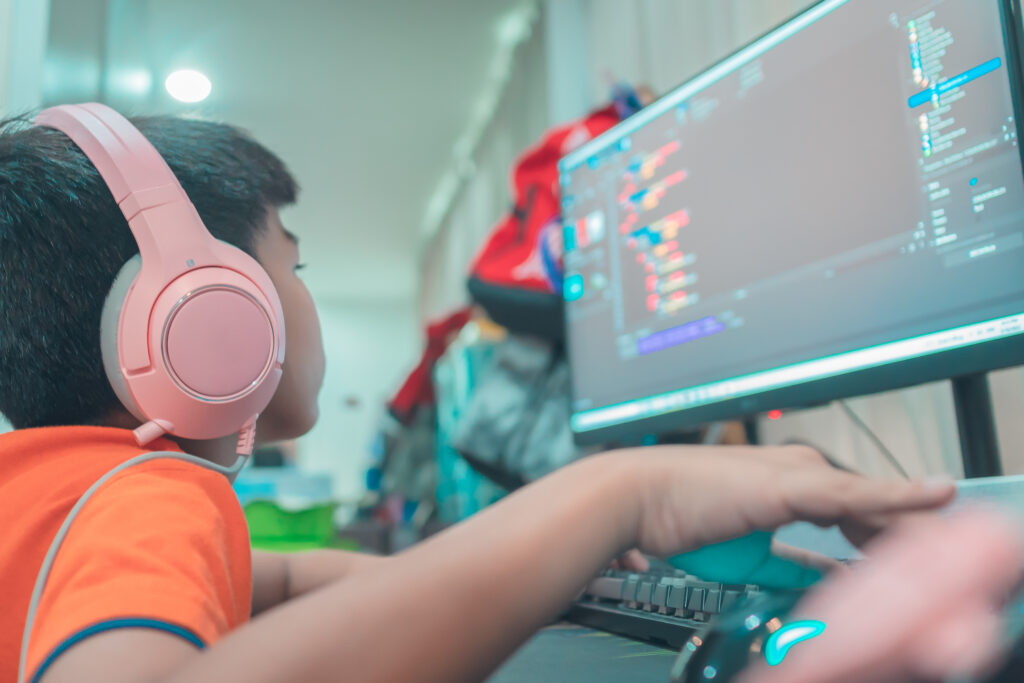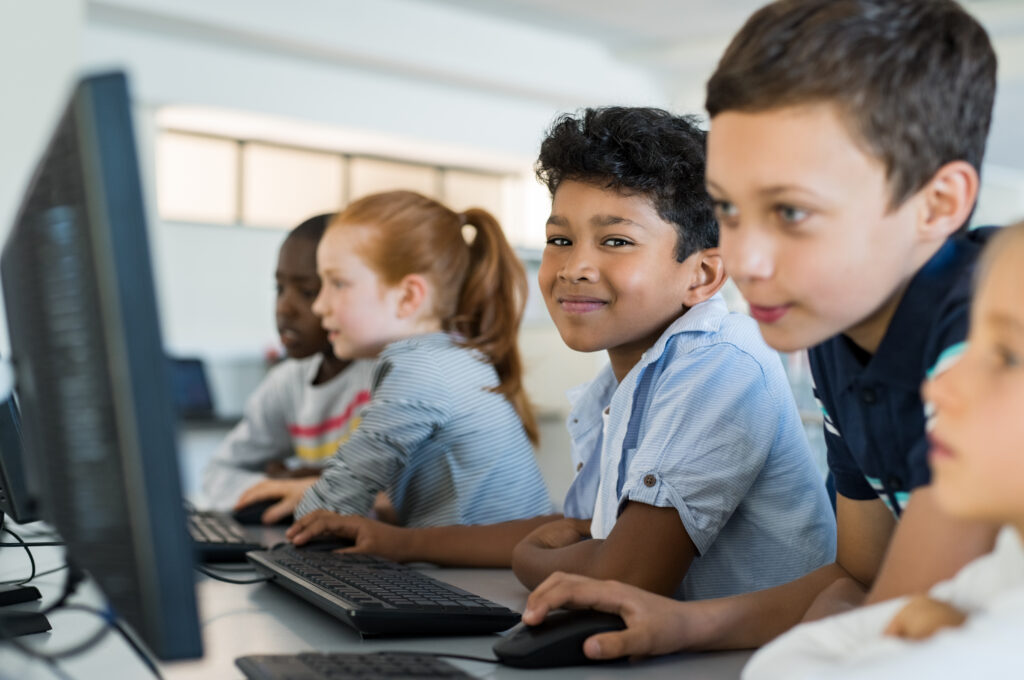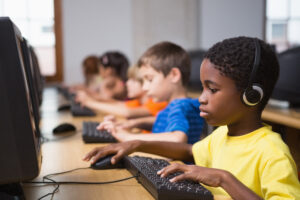



Scratch Coding
Integrating into Math & Storytelling: Scratch introduces young learners to coding through a visual, drag-and-drop interface. It can be used in math lessons to create interactive projects that teach basic geometry and problem-solving or in language arts classes where students program interactive stories and presentations, turning narratives into animated experiences.
Digital Art
Integrating into Art, History & Science: Using digital drawing, painting, and design tools, students can create artwork related to historical events, scientific concepts, or personal expression. For example, they can design digital posters for a history project or illustrate a scientific process, like the water cycle or animal habitats.
Game Design
Integrating into Critical Thinking & Social Studies: Through hands-on game design projects, students develop skills in logic, systems thinking, and storytelling. They can create educational games that reinforce social studies concepts, like building a game around ancient cultures, or use game mechanics to explore concepts like patterns and probability.
Web Development
Integrating into English & Science: Teaching students to build simple websites with HTML, CSS, and JavaScript helps them develop digital literacy. In language arts, students can create digital storybooks or online portfolios to publish their creative writing. In science, they might build a website that explains a specific topic, like ecosystems, showcasing their research and understanding.
Digital Animation
Integrating into Language Arts & Science: Students can bring characters and stories to life by creating animations based on books they’re reading in language arts. They could also explore stop-motion techniques to animate concepts like the life cycle of plants or historical reenactments, combining art with other subjects for a creative approach to learning.
Typing & Computer Literacy
Integrating into Classroom Skills: Teaching typing and basic computer literacy can be woven into nearly any class to help students improve their digital communication. For example, students can type out their reports, create digital presentations, or learn to navigate online resources for class projects and assignments.


